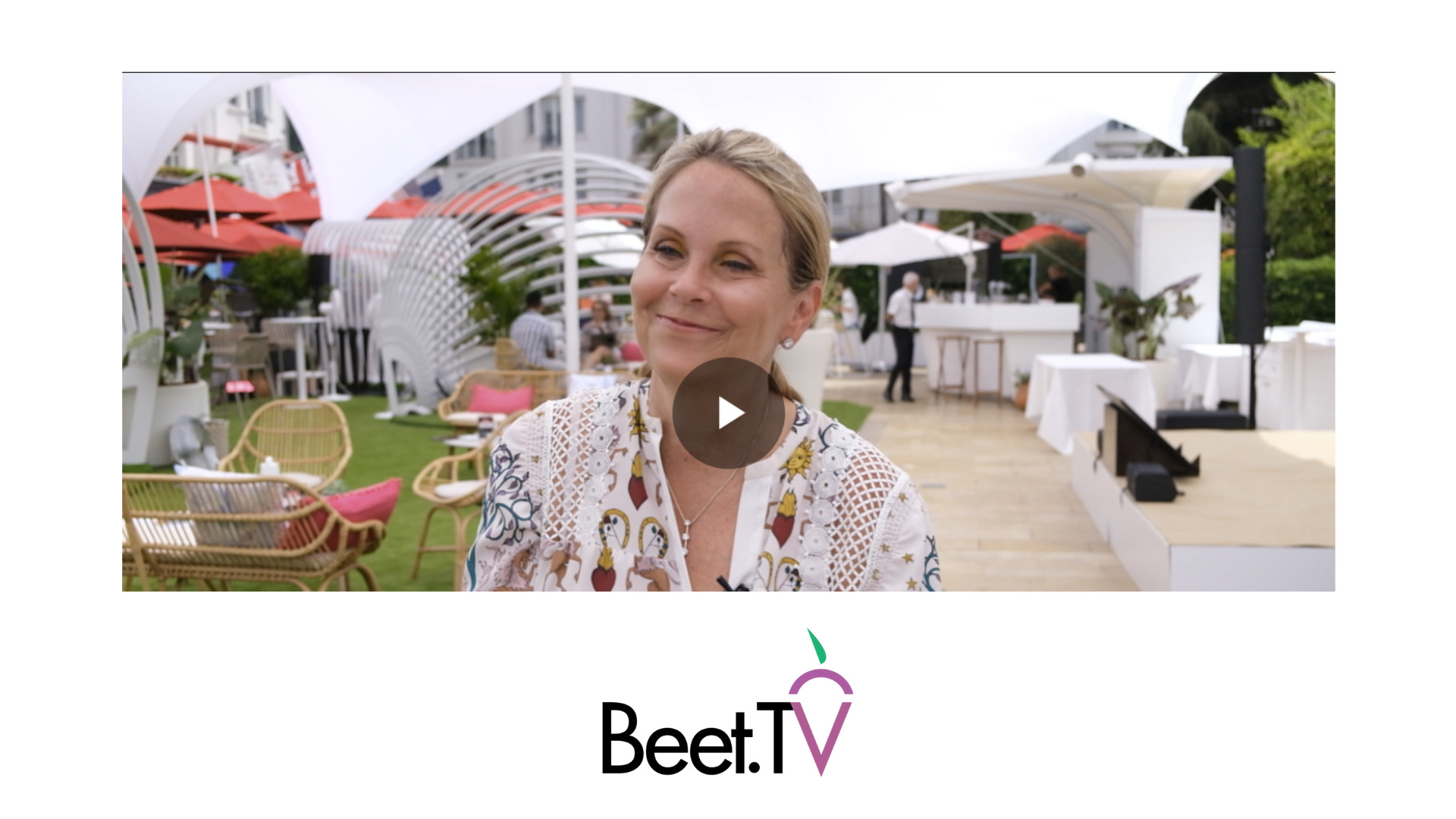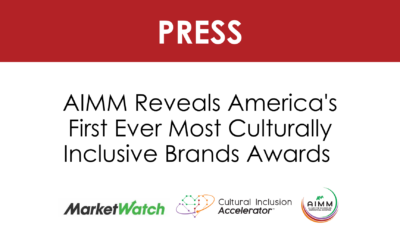Written by Rob Williams
CANNES – The media and marketing industry has touted the importance of including under-represented people in advertising and content, but they don’t have the right tools to measure those efforts, said Lisette Arsuaga, cofounder of the Alliance for Inclusive and Multicultural Marketing.
The majority of data providers are telling marketers “that their data is 95% correct, whereas the majority of that data is actually anywhere between 24% and 48% correct,” Arsuaga said in this interview with correspondent Tameka Kee at the Beet Villa during the Cannes Lions International Festival of Creativity. “The attribution for growth is being given to the general market and by default, white non-Hispanic segments, which means that then investment continues to go into the general market.”
Only 6% to 7% of media spending goes into multicultural channels, while those segments make up more than half of the U.S. population when people of color, people with disabilities and the LGBTQ communities are included, she said.
“The bottom line is that when the measurement is not there for those segments then the investment isn’t there because the attribution isn’t there either,” Arsuaga said. “So, it’s a vicious circle.”
Part of the frustration for advertisers that want to support minority-owned media outlets and diversify their reach is that mass-market channels still provide a way to reach the broadest audience most efficiently. The need for reach also reinforces underspending in alternative media.
“The problem is that there’s not the inventory because the investment has never been there,” Arsuaga said. “So again, it’s the same vicious circle that we were just talking about before.”
The people calling for more diversity in media ownership and ad spending are in the same echo chamber. Meanwhile, improving diversity and inclusion in advertising can help brands to drive loyalty among a broader group of consumers.
“It matters because people who feel reflected, people who feel included notice, and they pay back by being loyal and they back by feeling included,” Arsuaga said. “We’re at a time in our society where consumer expectation is higher than ever before. They’re expecting brands to deliver on inclusion. They’re expecting brands to share their values and if they don’t do that, then consumers are looking for other brands that do.
CANNES LIONS 2022, THE FUTURE OF MEDIA MEASUREMENT: A BEET.TV LEADERSHIP SUMMIT AT CANNES LIONS 2022, PRESENTED BY NIELSEN



